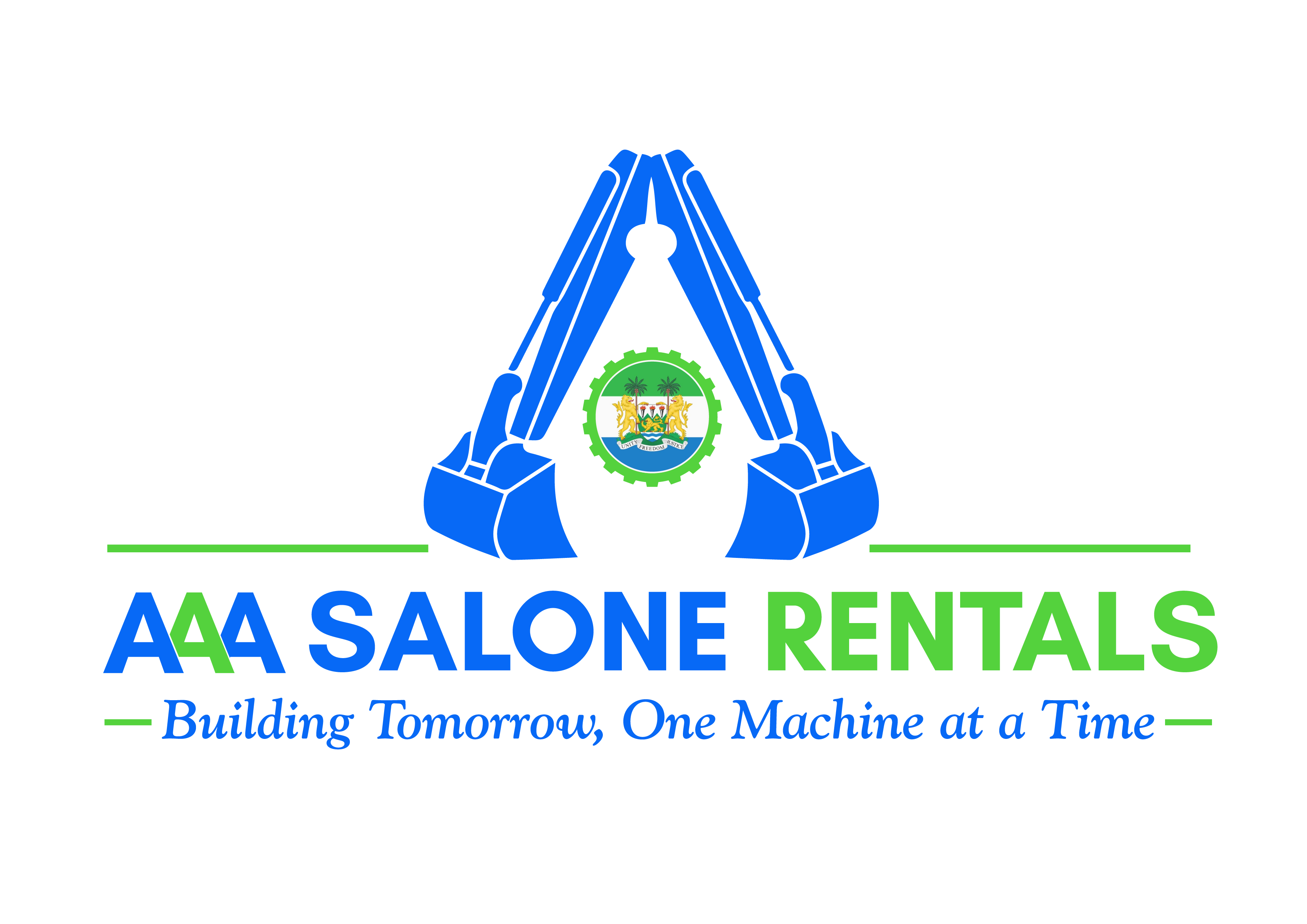
FHWA Report Recommendations for Contractors’s Safety
FHWA Report Recommendations for Contractor Safety
The Federal Highway Administration (FHWA) has outlined several recommendations aimed at enhancing safety for contractors working on highway construction projects. These recommendations address various aspects of safety management, from planning and training to on-site practices and monitoring. Below are key recommendations from the FHWA report:
1. Comprehensive Safety Planning
- Develop a Detailed Safety Plan: Before the start of any project, contractors should develop a comprehensive safety plan that outlines potential hazards, safety procedures, emergency response protocols, and designated safety personnel.
- Risk Assessment: Conduct thorough risk assessments to identify and mitigate potential hazards specific to the project site and tasks.
2. Training and Education
- Safety Training Programs: Implement regular safety training programs for all workers, focusing on job-specific hazards, safe operation of equipment, and emergency response procedures.
- Continuous Education: Encourage continuous education and refresher courses to keep workers updated on the latest safety practices and regulatory requirements.
3. Use of Personal Protective Equipment (PPE)
- Mandatory PPE: Enforce the use of appropriate PPE, including helmets, high-visibility clothing, gloves, safety glasses, and steel-toed boots.
- PPE Maintenance: Ensure that PPE is well-maintained, correctly fitted, and replaced when necessary.
4. On-Site Safety Practices
- Clear Signage and Barriers: Use clear signage and physical barriers to delineate work zones, traffic routes, and hazardous areas.
- Equipment Safety: Regularly inspect and maintain construction equipment to ensure it is in safe working condition. Operators should be trained and certified.
- Site Housekeeping: Maintain a clean and organized worksite to prevent accidents caused by debris, tools, or materials left in walkways.
5. Traffic Management
- Traffic Control Plans: Develop and implement traffic control plans that include the use of barriers, cones, signs, and flaggers to manage vehicle and pedestrian traffic safely around the construction site.
- Work Zone Safety: Ensure that work zones are well-lit, especially during night operations, and that workers are visible to drivers.
6. Monitoring and Reporting
- Regular Safety Audits: Conduct regular safety audits and inspections to identify potential hazards and ensure compliance with safety protocols.
- Incident Reporting: Establish a system for reporting and investigating incidents and near-misses. Use the findings to improve safety practices.
7. Emergency Preparedness
- Emergency Response Plan: Develop and communicate an emergency response plan that includes evacuation procedures, emergency contact numbers, and first aid provisions.
- First Aid Training: Ensure that a sufficient number of workers are trained in first aid and CPR. Have first aid kits readily available on-site.
8. Worker Health and Well-being
- Fatigue Management: Implement schedules that prevent worker fatigue by ensuring adequate rest periods and managing work hours.
- Health Programs: Promote health and wellness programs, including access to medical screenings and mental health support.
9. Collaboration and Communication
- Stakeholder Engagement: Engage with all stakeholders, including workers, subcontractors, and local communities, to promote a culture of safety and collaboration.
- Regular Meetings: Hold regular safety meetings to discuss concerns, share best practices, and reinforce the importance of safety.
10. Technological Integration
- Safety Technologies: Utilize technologies such as GPS for equipment tracking, wearable devices for monitoring worker health, and drones for site inspections to enhance safety oversight.
- Data Analysis: Collect and analyze safety data to identify trends and make informed decisions on improving safety measures.
Conclusion
By following these FHWA recommendations, contractors can significantly improve safety on highway construction sites. Comprehensive planning, continuous training, strict adherence to PPE usage, and effective traffic management are crucial. Regular monitoring, emergency preparedness, and leveraging technology also play vital roles in maintaining a safe working environment. Adopting these practices helps protect workers, reduces the risk of accidents, and ensures the successful completion of construction projects.
